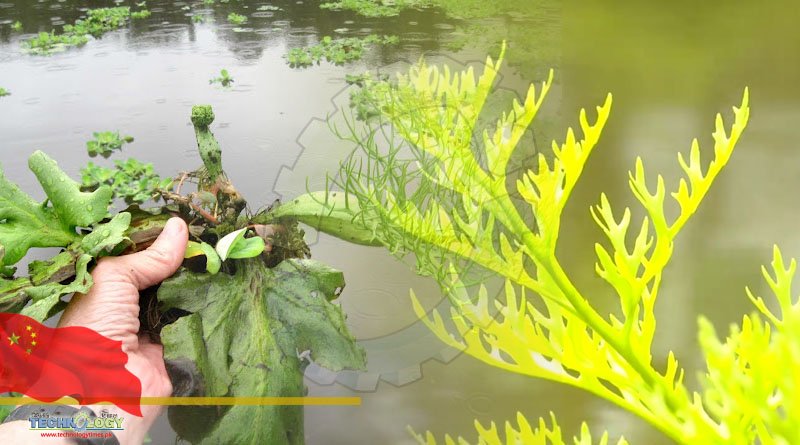Wild Water Fern was designated as a vulnerable species on the Red List of the International Union for Conservation of Nature (IUCN).
The Shenzhen Bureau of Ecology and Environment discovered eight wild water ferns in Bijiashan Park, Futian District, while conducting the city’s biodiversity survey.
The leaves of wild water ferns are classified as sterile or fertile, with different forms. The sterile leaves are primarily responsible for photosynthesis, whereas the fertile leaves are responsible for reproduction.
Water ferns have national class II protection because their population is so small. The water fern was listed as a key plant in the first batch of the National Key Protected Wild Plants in 1999 and the second batch in 2021. It was also designated as a vulnerable species on the Red List of the International Union for Conservation of Nature (IUCN).
The water fern, a native wild plant, is extremely sensitive to its survival environment and is regarded as an indicator of the ecological environment. It also has important scientific research and science popularisation value.
This water fern species is found along small streams and has healthy populations with a high fecundity. Bijiashan Park, located north of Shenzhen’s centre, is abundant in wildlife resources. A natural mountain stream runs through the park, eventually emptying into the Futian River, creating ideal conditions for the growth of water ferns.
Water ferns can be found in still water, such as ponds and canals, as well as slow-moving rivers. It has a symbiotic relationship with blue-green algae and can fix its own nitrogen; as a result, it can be found in nutrient-poor waters.
The IUCN Red List is an important indicator of the health of global biodiversity. It is far more than a list of species and their status; it is a powerful tool for informing and catalysing action for biodiversity conservation and policy change, both of which are critical to protecting the natural resources we require to survive. It provides information about range, population size, habitat and ecology, use and/or trade, threats, and conservation actions that will help inform necessary conservation decisions.
Government agencies, wildlife departments, conservation-related non-governmental organisations (NGOs), natural resource planners, educational organisations, students, and the business community all use the IUCN Red List.
